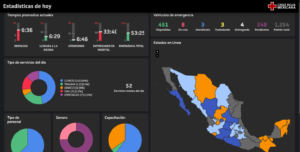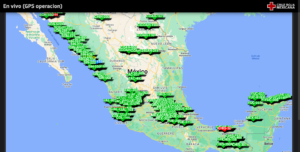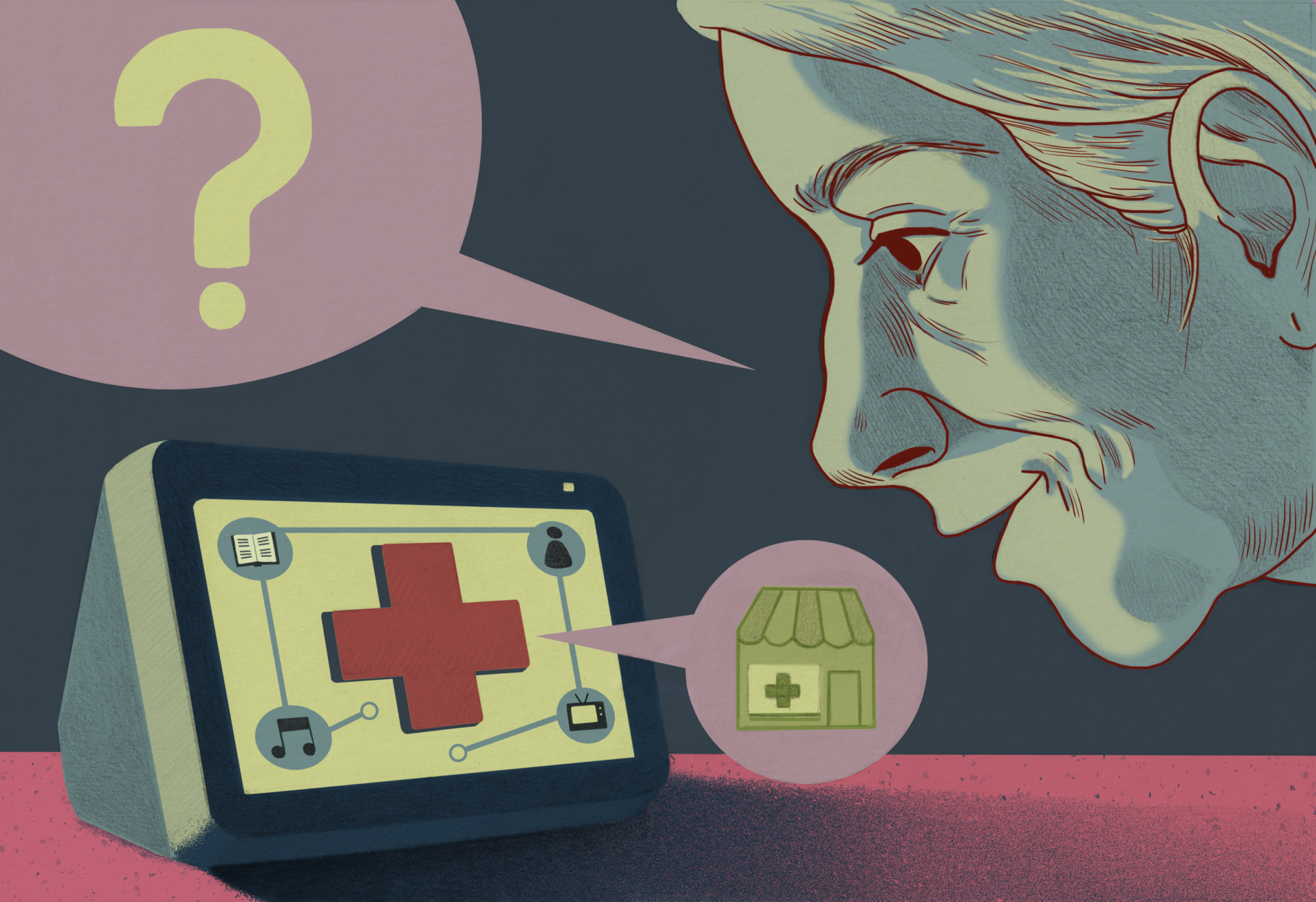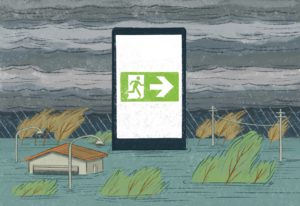
Alice Piaggio
Description
The emergency control system is cloud-based and allows the operation control of ambulances and rescue vehicles of the Mexican Red Cross. It includes management algorithms, supervision, geolocation, management of personnel, vehicles, supplies and the registry of pre-hospital care (FRAP) in a digital format.
Context
The need for real-time information on the emergencies that occur in Mexico and those attended by Mexican Red Cross staff, is a basic tool for evaluating the emergency response and thus being able to improve in the future.
The Mexican Red Cross considers information to be essential for decision making and for motivating donors about the importance of their contribution to the institution. Given that the Mexican Red Cross is the main actor in pre-hospital care in Mexico, this system opens the possibility of gathering information on emergencies (georeferencing, diagnoses and treatments), in order to open a promising future of data analysis, not only institutional, but also to better understand the needs of the country.
In this way, the Mexican Red Cross seeks to improve its services and also to influence public policies in the prevention and management of risks and accidents based on the information generated by its collaborators.
This system maintains direct interaction with the National Credentialing System. Both systems feed back into each other in order to generate synergies in terms of personnel information, as well as the larger area of operational information of the Mexican Red Cross
Technical details & Operations
The solution is developed on a web-based foundation, with HTML, JavaScript, AJAX, PHP, Phyton, XML, Blockchain technology and SQL. It uses relational database models to preserve the integrity of the information. The system can run on basically any computer or mobile device up to 10 years old, and a connection with 2 MB/S download is sufficient to work efficiently with the platform. The system uses instant messaging tools that are commonly used as a way to notify ambulance crews of services, its geolocation, the patient’s data, etc. Additionally, the system has various reporting options using auxiliary tools such as Excel, PDF, XML, etc.
Using the data collected through the system, different dashboards have been developed to present general or specific information on indicators requested by the National Headquarters authorities. Through an Android app, paramedics in the field can fill out the Digital FRAP, storing information on medical care and thus helping to mitigate the carbon footprint. The aim is to migrate Relief operations to a digital environment and significantly reduce the use of paper.
Deployment & Impact
The system has been in constant development and improvement, it has been 9 years since its first version and the last version developed is the 12th. Throughout these years, the experience of hundreds of paramedics and decision-makers around Mexico has been added to the system. In addition, processes have been adapted and specific areas of control have been developed such as: vehicle repairs and fuels, volunteer service hours, digital records, algorithms for predicting areas with most accidents, fleet control, quality systems, etc.
This system is currently being actively implemented in Mexico, controlling 1249 paramedic vehicles and close to 7,000 users. Similarly, around 1.5 million emergency services have been captured and just over 600,000 Digital FRAPs have been registered.







